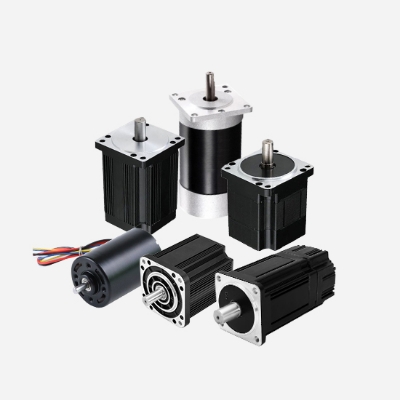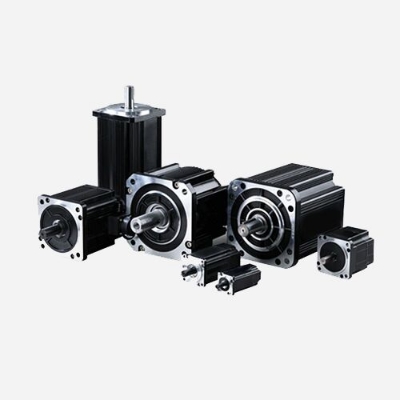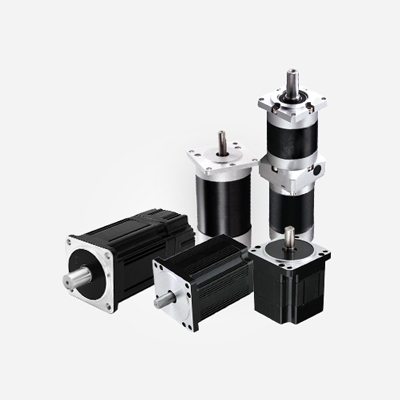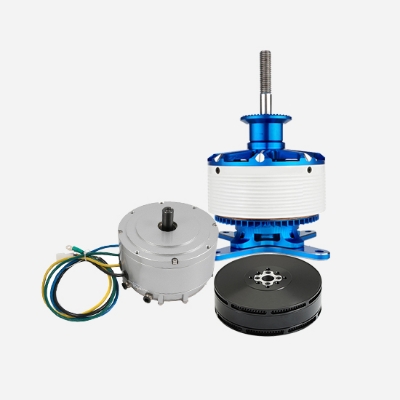In the world of electric motors, there are various types that serve different purposes and applications. One of the most versatile and efficient options is the Brushless DC Gear Motor. This compact and powerful device has found its way into numerous industries, from robotics to automotive systems and beyond. In this blog post, we will explore what a Brushless DC Gear Motor is, how it works, its advantages, and some common applications.
Brushless DC Gear Motor Basics
Before diving into the specifics of a Brushless DC Gear Motor, let's first understand the key components of this motor type.
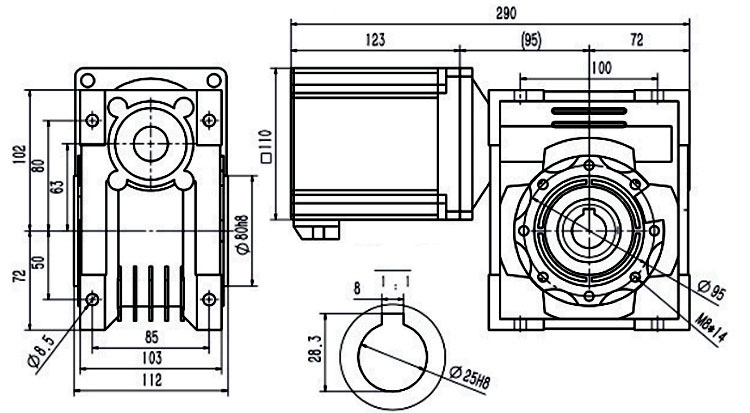
Brushless Motor
A brushless motor, also known as a BLDC (Brushless Direct Current) motor or electronically commutated motor, is an electric motor that operates without the use of traditional brushes and a commutator, which are commonly found in brushed DC motors. Instead, brushless motors employ electronic commutation, which is the switching of the direction of current flow in the motor windings through an external controller or an Electronic Speed Controller (ESC). Here's how a brushless motor works:
- Stator and Rotor: Like other electric motors, a brushless motor has a stator (the stationary part) and a rotor (the rotating part). The stator contains coils of wire, typically made of copper, while the rotor is equipped with permanent magnets.
- Electronic Commutation: To make the motor run, the controller or ESC sends a sequence of electrical pulses to the stator windings. These pulses create a rotating magnetic field that interacts with the permanent magnets on the rotor. This interaction produces motion, causing the rotor to turn.
- No Brushes: Unlike brushed motors, which use brushes and a commutator to reverse the current direction in the windings and keep the rotor spinning, brushless motors don't have these physical contact points. Instead, the controller precisely times the switching of the current to ensure the rotor rotates smoothly.
- Advantages: Brushless motors offer several advantages, including higher efficiency, longer lifespan due to reduced wear, lower heat generation, and improved performance. These motors are widely used in applications where precise control and reliability are essential.
Gear Mechanism
A gear mechanism, often referred to as gears, is a mechanical system that consists of toothed wheels (gears) that mesh together to transmit rotational motion or force from one part of a machine to another. Gears are crucial in a Brushless DC Gear Motor as they allow for the adjustment of output speed and torque. Here's how gear mechanisms work:
- Types of Gears: There are various types of gears, including spur gears, helical gears, bevel gears, and worm gears, each with its own unique characteristics and applications.
- Meshing Gears: When two gears are in contact and their teeth interlock, they are said to be "meshing." The gear with the input (driving) force is known as the driver, while the gear that receives the output (driven) force is called the driven gear.
- Speed and Torque Adjustment: The size and number of teeth on the gears determine the gear ratio, which, in turn, affects the speed and torque of the system. A larger driver gear (more teeth) relative to a smaller driven gear will reduce speed but increase torque, while the opposite will increase speed and reduce torque.
- Applications: Gear mechanisms are used in various machines and systems, including automobiles (transmissions), industrial machinery, clocks, and of course, Brushless DC Gear Motors. In these motors, gears are used to match the motor's output to the specific requirements of the application, ensuring the right balance of speed and torque.
- Efficiency: Gears are highly efficient at transmitting power, with minimal energy loss through friction.
In a Brushless DC Gear Motor, the gear mechanism allows for precise control of the motor's output, making it suitable for applications where specific speed and torque requirements need to be met.
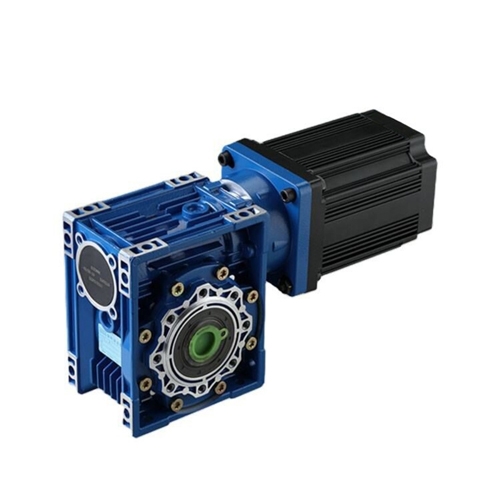
How a Brushless DC Gear Motor Works
A Brushless DC Gear Motor operates through a combination of a brushless motor and a gear mechanism. Here's a simplified explanation of how it works:
The brushless motor generates rotary motion when supplied with electrical power. This motion is typically characterized by high efficiency and smooth operation.
The output shaft of the brushless motor is connected to a set of gears. These gears transfer the rotational energy to an output shaft, effectively changing the speed and torque of the motor's output.
The gear mechanism allows for precise control and adjustment of the output speed and torque. It can multiply or reduce the rotational force generated by the motor, making the motor suitable for various applications.
Advantages of Brushless DC Gear Motors
- Efficiency: Brushless DC motors are highly efficient due to the absence of brushes, which minimizes energy losses and reduces heat generation.
- Longevity: The lack of brushes results in less wear and tear, leading to a longer lifespan for the motor.
- Precise Control: The gear mechanism enables precise control of speed and torque, making it ideal for applications where accuracy is crucial.
- Compact Design: Brushless DC Gear Motors are known for their compact and lightweight design, making them suitable for applications with limited space.
Applications of Brushless DC Gear Motors
Brushless DC Gear Motors find applications in a wide range of industries, including:
- Robotics: They are commonly used in robotic arms and mobile robots for precise movement and control.
- Automotive Systems: These motors power various components in vehicles, such as power windows, seat adjustments, and HVAC systems.
- Medical Devices: They drive medical equipment like infusion pumps and electric wheelchairs.
- Industrial Automation: In manufacturing and assembly lines, these motors are used for conveyor systems, packaging machines, and more.
- Aerospace: Brushless DC Gear Motors are used in aircraft systems for functions like actuating flaps and landing gear.
Brushless DC Gear Motors offer a compelling combination of efficiency, longevity, and precise control. Their versatility makes them a valuable choice for a wide array of applications across multiple industries. Understanding the fundamentals of these motors can help you make informed decisions when selecting the right motor for your specific needs. Brushless.com provides a variety of brushless DC gear motors, welcome to visit.

